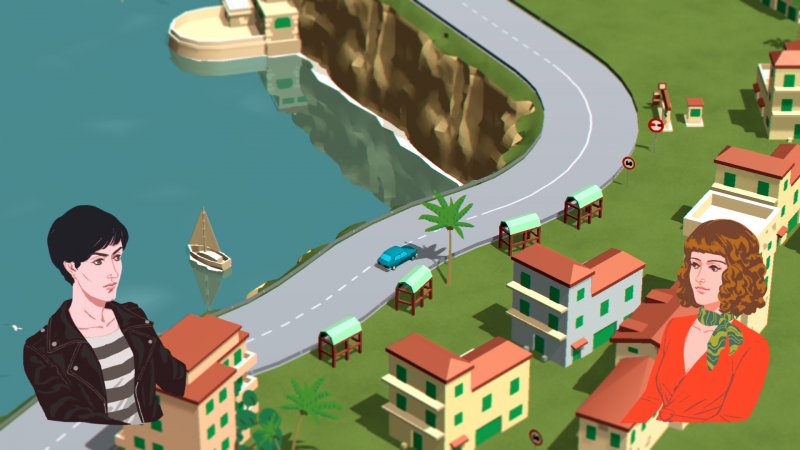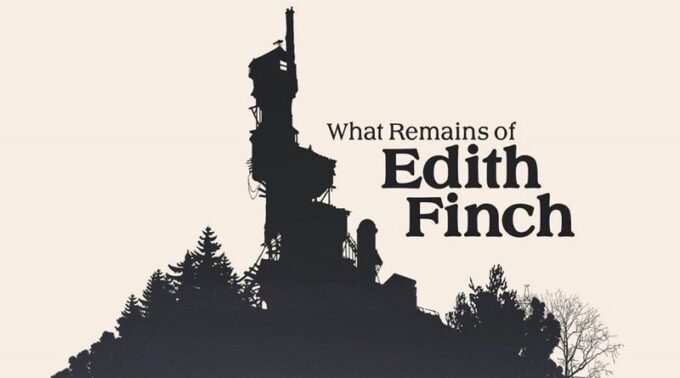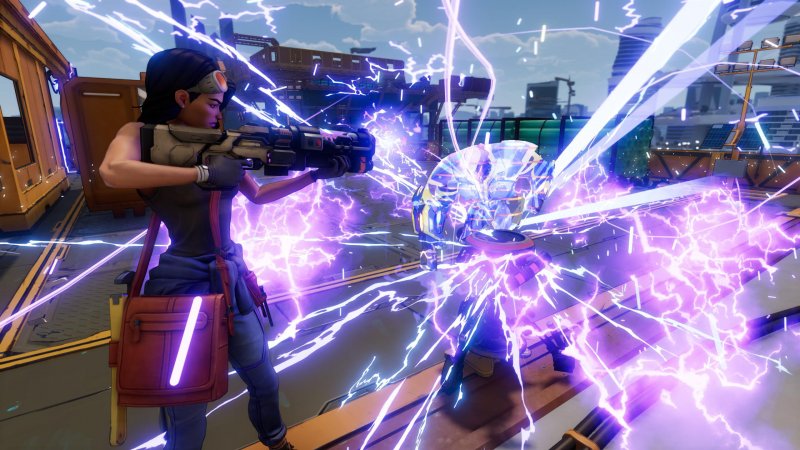It is rumored that some of the holes in the current road surface date back to Roman times, but this, as they say, is another story.
The Via Aurelia is the one that runs along the Tyrrhenian coast connecting Rome with Ventimiglia, to stay in Italy, but also continues beyond the border ending in Nice. In reality, the historical route did not exceed the versilian (the initial project had to stop at Cerveteri), but over time the road has been prolonged becoming the SS1 that we know today.
Lella, the protagonist of Wheels of Aurelia, is the daughter of the good Rome of the 60/70 years.Born and raised in Parioli (one of the richest districts of the capital and the one where she appears more), she has experienced the social / political turmoil of the hottest period of the years of lead,
a period in which the whole game is set . We get to know her in the prologue, where we drive her to a disco. Here he meets Olga with whom he decides to escape from Rome to reach Nice. The actual game begins with the two girls in cars that are coming out of Rome.
The bird’s eye view shows us the selected car, which we check directly. The graphics in a pleasant 3D low-poly reveals an environment made of buildings that vaguely resemble those of the Roman suburbs. It is time to become familiar with the control system.
We have reviewed Wheels of Aurelia of the Italians Santa Ragione: find out how it is
ACCELERATE AND BRAKE
Wheels of Aurelia is a driving game, but driving is not the focus of the game. We can turn left and right and accelerate (to brake just release the accelerator), but that’s all. On the road there are other cars that should be avoided, but even if you go on them nothing more irreparable than a tossing happens.
In some moments you participate in competitions and pursuits, but they are always functional events to the story told and not ends in themselves. In short, in Wheels of Aurelia traveling is not a problem, it is the theme.
Choosing whether to run more or less is a choice linked to the other fundamental aspect of the title, ie the dialogues. Going slowly allows in fact to read a greater number of exchanges between the various characters. Olga is the first, but there will be others: a former pilot, a priest, but also eccentric hitchhikers, others more prosaic and so on. The dialogues are managed in a very simple way: all you have to do is select a line from Lella among those available and wait for it to be pronounced.
There is a bar / timer that divides the selection from the execution, to give way to read what you are about to say and, perhaps, change your mind by making another choice. As you will have understood, the mechanics are essential.
This is a precise choice, dictated by wanting to focus the attention of the user on something else, that is, on the stories told that faithfully relate those that were the conflicts and issues of Italy in 1978, topics that we still carry much behind today, although the actors have changed on the stage of the nation. We are inevitably children of those years and even if we ignore them completely we have to deal with them.



